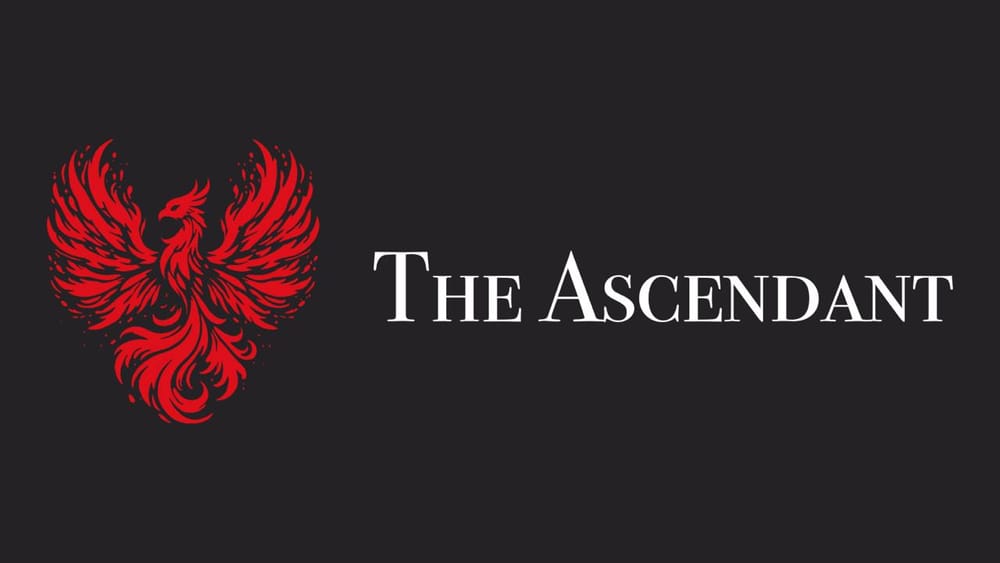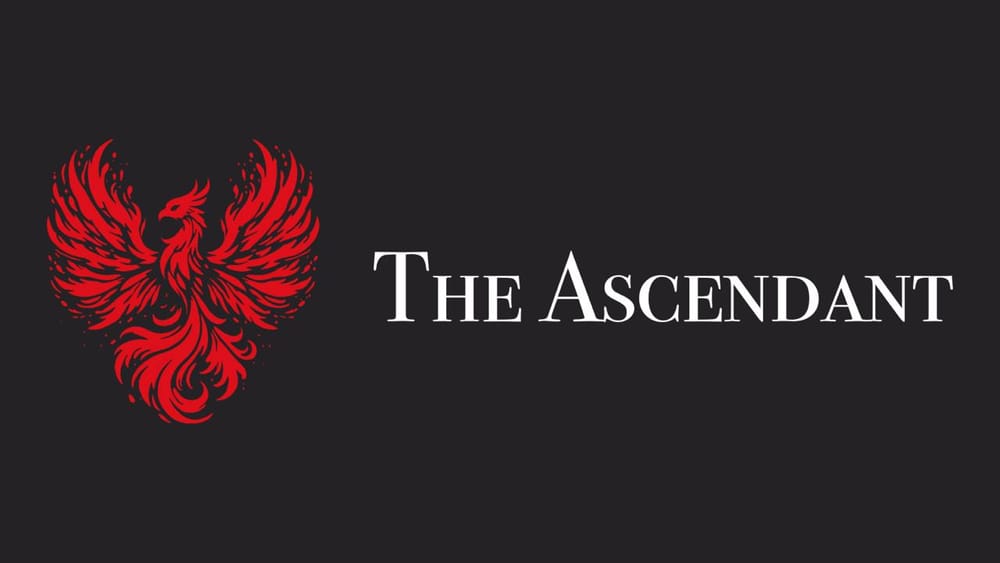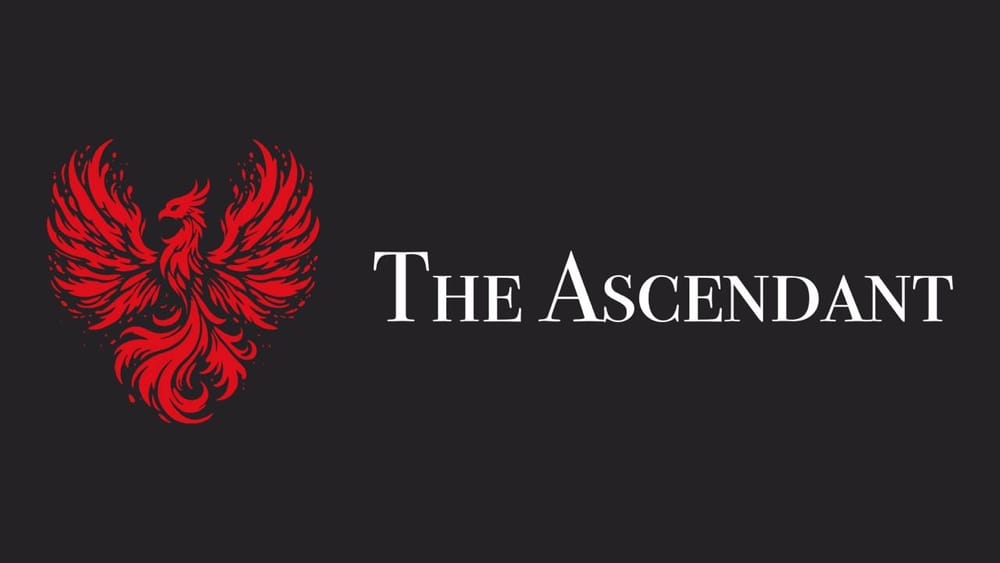Merging social media and Web3 is definitely not a new concept. In fact, it has been tried and tested many times before. The beauty of Web3 is its exponential growth. We focus on what works and we leverage the strengths of Web3 to achieve quantifiable results—fast. Today we’ll discuss three Web3 social media platforms, analyzing what makes them tick and what you can learn from them.
Why Web3 and social media make sense
Thanks to the core principles and technical innovations, Web3 offers us unprecedented advantages over the traditional social media platforms.
Decentralisation
With an open and decentralized architecture, Web3 social media networks are highly anti-fragile. In other words if done correctly, such social media platforms are highly resilient, tenacious, and most importantly, open to anyone in the world.
Real ownership
When we combine the open and decentralized blockchains with user-generated content, we discover a new frontier of untapped possibilities. Suddenly creators can own their content, audience, and even parts of the platform. With custom tokens and NFTs, monetisation can happen instantly.
Aligning incentives
When users have the possibility to own and profit from their content, aspects such as moderation and content creation become much more important. Think about it: Web3 allows users and builders to collaborate and make social media platforms even better. Let’s analyse a few examples.
The rise (and fall) of Friend.tech
Launched in August 2023 on Coinbase’s lightning fast Layer2 network (BASE), Friend.tech had a simple idea—monetize social presence. After a swift onboarding process, users were able to buy and sell “keys” (formerly known as “shares”) that were linked to their X (Twitter) accounts.
Purchasing a user's key granted access to private in-app chatrooms and exclusive content from that user. Owning and trading these keys associated with specific individuals meant that social influence became something much more tangible. During the early stages of BASE’s network development, Friend.tech received a substantial boost in attention and new users.
Upon its beta launch, Friend.tech experienced rapid growth, attracting over 200,000 users and a staggering trading volume exceeding $230 million. Notable personalities, including NBA players and crypto influencers, joined the platform, contributing to its widespread attention. On the surface, things looked great!
Despite its initial success, Friend.tech announced its closure approximately six months after launch. The creators reportedly departed with approximately $44 million, leaving users and investors to digest the uncertainty. Although Friend.tech introduced an innovative approach to social media by integrating financial incentives through tokenized interactions, its abrupt shutdown highlights the volatility and risks native to emerging decentralized platforms.
Despite the setbacks of Friend.tech, The BASE Layer 2 network still enjoys substantial growth and TVL expansion in 2025. The same can be said about our next candidate that has its own native blockchain to support its social network.
Bastyon: Web3 social media built by the OG’s
https://Bastyon.com is what happens when crypto OG’s come together and build something that doesn’t compromise their core principles. In essence, Bastyon is more than just a Web3 social media network. It’s a suite of solutions that help users stay connected no matter where they are in the world.
Founded by Daniel Satchkov and a team of volunteer developers, Bastyon has stayed true to the Web3 ethos of decentralization, with open code and a distributed network of nodes that eliminate the need for central servers. The app works on PC and mobile devices and allows the same functionality as a browser-based UI.
Just like with Friend.tech, the onboarding process is straightforward. Users create a profile, backup their recovery phrase and start using the platform straightaway. When it comes to incentives, the team came up with $PKOIN, a token used to reward content creators and active platform users. As the platform expands, the need for decentralized nodes increases. Again $PKOIN is used to reward active node owners. Recently the team added the ability to hold fully decentralised live spaces with $PKOIN donations. Although this is currently limited to 1000 guests, it’s already being used by the veteran content creators.
Bastyon uses an intuitive design that allows users to browse (and post their own) content. There’s a built-in P2P encrypted chat and a bartering platform so that users can exchange $PKOIN for products and services worldwide. Since the beginning, the team has advocated for community-powered moderation that keeps the platform clean. The most active and valuable content creators earn reputation points as well as $PKOIN for their efforts.
Bastyon has exploded in popularity this year thanks to the influx of users seeking alternative social media platforms, mainly for privacy and censorship resistance. On the surface, Bastyon doesn’t have the same flair as Friend.tech; however, behind the somewhat technical veneer lies a truly powerful decentralized tool that works well and gets better and more usable with time.
Bastyon’s team remains loyal to their core Web3 principles and continues to expand the platform’s utility, adding more features to help users who share a similar philosophy.
The Arena: When SocialFi meets blockchain
The Arena (https://Arena.social) is an innovative social media platform built on the Avalanche Layer1 blockchain. It redefines how creators connect, engage, and monetize their content by merging social media interactions with decentralized finance (DeFi) elements.
If you can use X (Twitter), you can use The Arena. Onboarding is as straightforward as linking your X account to the platform. You don’t even need a dedicated Web3 wallet, the platform generates one automatically. This is much more user friendly than Bastyon or Friend.tech. It lowers the barrier to entry and eliminates the complexity so commonly associated with Web3 Dapps. Payment processors like Stripe enable crypto purchases via credit cards, making it accessible to those new to cryptocurrencies.
Thanks to creator “tickets”, users can access exclusive content from their favorite creators without any intermediaries. Just like Bastyon, The Arena allows users to host live monetized audio events as well. When it comes to decentralisation, The Arena enables users to embed tokens directly into their posts, facilitating seamless token trading within the social feed. Content creators earn fees based on the transaction volume generated through their posts.
Since its rebranding in late 2023, under CEO Jason Desimone, The Arena has experienced significant growth. It boasts over 200,000 registered users, has paid out over $6 million to content creators, and has facilitated over $100 million in trading volume to date. The Arena understands the importance of eliminating complexity and facilitating user onboarding. Today it stands out as one of the best examples of what happens when Web3 meets social media.
The Snapshot
Web3 social media platforms like Arena.social, Friend.tech, and Bastyon represent a major shift in how we interact online, moving away from corporate-owned, ad-driven ecosystems toward decentralized, user-owned networks.
In 2025 true Web3 social media is an important narrative that cannot be ignored as more users gravitate towards these platforms. Web3 social media illustrates the promise of an upcoming Web3 future. A future where users own their data, earn from their influence, and participate in governance, without compromising privacy or creativity.
While the technology is still maturing, the foundation is set for a new era of transparent, community-powered social networks. As the next generation of online connection is being built, are you paying attention to it?







